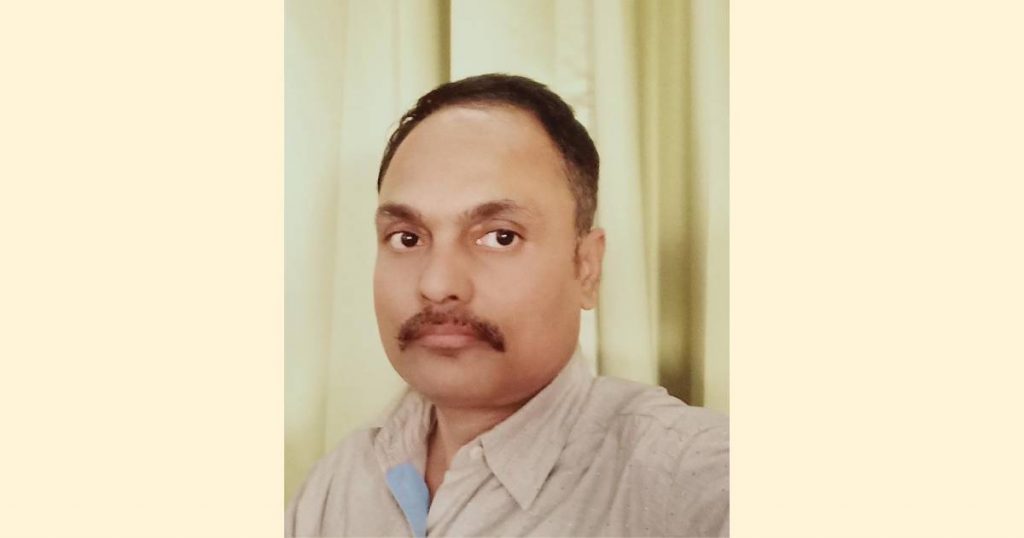Currently, Hindus are observing Navratri which is a very important festival of Sanatan or Vedic culture that is also known as Indian culture.
There are four Navratri. Out of four Navratri, two are hidden Navratri known as “Gupta Navratri”. The meaning of Gupta Navratri is that saints, mahatmas, sanyasis etc. perform rituals and the other two Navratri are Shardiya Navratri and Chaitra Navratri in which all devotees celebarate or do special poojas. These two Navratri are in the Spring when Lord was born and the Fall when Lord Rama destroyed Ravan.
Navratri means nine nights and the rituals performed during these nine nights provide accomplishment. Shakti is worshiped during Navratri and the symbol of power is Goddess Durga. That is why the Pooja of Durga ji is done. Durga Saptashati is recited in Navratri.
In our Hindu culture, woman is considered to be a form of power. Woman is a goddess. Nine girls are worshiped in Navratri. There is a lot of recognition of girl worship because it is the contribution of women in carrying forward the lineage in the universe, So it is a part of our culture to respect and worship the girl child. Women play an important role in advancing our culture.
Durga Saptashati is recited during the nine days of Navratri. It is believed that good will prevail over evil. Vegetarian food is distributed in the houses. In many families garlic and onion is not even used. Some people keep fast on all nine days ans some keep fast on first day and last day of Navratri.
On the tenth day of Shardiya Navratri, king of Lanka (Lankadhipati) Ravana was killed by Shri Ram. Our adorable Shri Ram ji established character and dignity in the society, which led to the establishment of an ideal society. Both Navratri inspire us from darkness to light, from evil to good. Inspires us to struggle for the truth, leads us from despair to hope.
Bengal has had some influence in celebrating Shardiya Navratri, such as building and installing statues and organizing fairs. People go to see the fair. It is organized with great pomp. The killing of Ravana and burning of Ravana on the day of Dashami i.e. Dussehra, signifies the victory of good over evil.
The fair is planned with great pomp in every town or market of North India. Children, aged people and young men or women all go to see the fair. Such a big fair is not held anywhere else in the world. Goddess idol is made in the fair. Sweets, jaggery Jalebi, toys, fruits are the attraction of the fair. Most of the indentured people come from northern India and Dhashara festival is very popular among all among the descendants of the indentured laborers or girmityas.
By PAWAN K Upadhyaya
